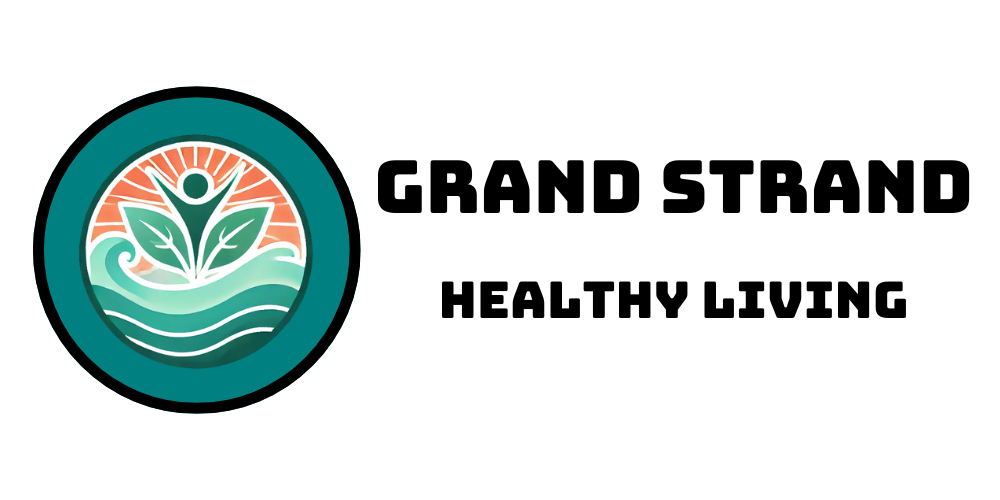
Breakthrough in Cancer Treatment: Dostarlimab's Promise
A recent advance in cancer treatment could redefine how we fight this pervasive disease. Dostarlimab, an innovative immunotherapy drug, has shown tremendous potential in treating various cancer types, making headlines and capturing the interest of health professionals and patients alike. Unlike traditional therapies that target cancer cells directly, immunotherapy helps the immune system recognize and combat cancer more effectively.
Understanding Dostarlimab and Its Mechanism
Dostarlimab, a monoclonal antibody, works by blocking a protein called PD-1, which tumors exploit to evade detection by the body’s immune system. By inhibiting this protein, dostarlimab enables the immune system to recognize and attack tumor cells. This marks a crucial shift from conventional treatments such as chemotherapy that often come with harsh side effects and can weaken the immune response.
Real-Life Impact: Andrea Cercek's Journey
The story of Andrea Cercek, a colorectal cancer patient who participated in clinical trials for dostarlimab, illustrates the hopeful impact of this therapy. After just six months of treatment, Cercek experienced remarkable progress—her tumors nearly disappeared. This prompted an unprecedented response, raising the question of whether similar outcomes could be replicated across different cancer types.
Why This Matters for Communities from Myrtle Beach to Litchfield Beach
For residents in areas like Myrtle Beach, North Myrtle Beach, and Pawleys Island, these advancements are not just scientific news—they're a beacon of hope for families affected by cancer. As local communities engage in healthy lifestyles and medical awareness, breakthroughs like dostarlimab emphasize the importance of staying informed about emerging therapies that could affect local health outcomes.
The Broader Picture: Significance Beyond Individual Cases
While Cercek's success with dostarlimab is compelling, it holds broader implications. If this type of immunotherapy proves effective in treating various cancers, the healthcare community could change the approach to cancer treatment fundamentally. This could lead to personalized medicine, where treatments are tailored to individual patients’ tumor profiles, offering greater hope for better outcomes.
The Future of Cancer Treatment: What’s Next?
As research continues, the future of cancer therapies looks promising. The potential expansion of receptiveness to treatments like dostarlimab raises questions about availability and accessibility. Moreover, how these treatments integrate into local healthcare systems—whether in large clinics or hospitals from Murrells Inlet to Surfside Beach—will be crucial in determining their impact on the community.
Join the Conversation on Health Advancements
Residents are encouraged to stay engaged with ongoing discussions surrounding cancer treatment advancements. For the Grand Strand community, understanding the implications of new therapies can lead to better conversations with healthcare providers, fostering proactive approaches to cancer prevention and treatment.
Take Action: Stay Informed, Stay Healthy
As dostarlimab and similar treatments continue to evolve, it’s essential to remain informed about new health developments. This information not only empowers individuals but enhances community resilience against diseases like cancer. Engage with local health initiatives, and speak to healthcare providers about what this means for you or your loved ones.
 Add Row
Add Row  Add
Add 





 Add Row
Add Row  Add
Add 
Write A Comment